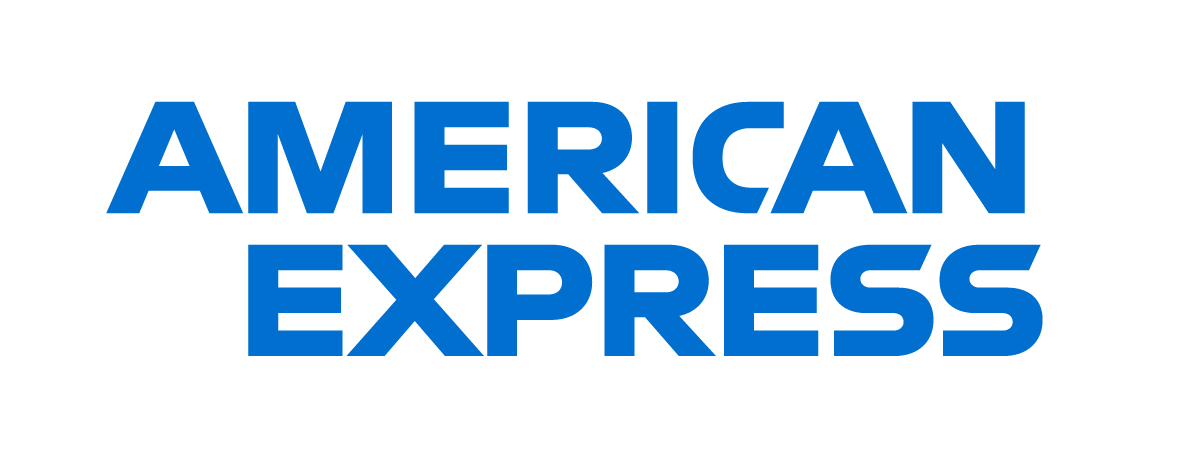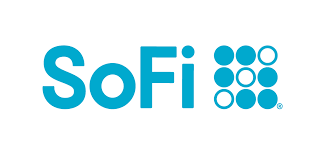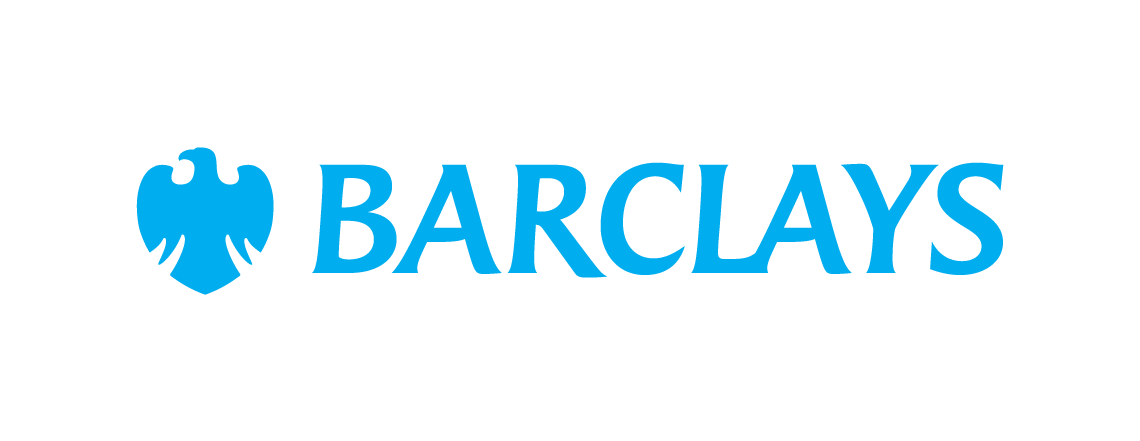Will interest rates respond to the election? It's hard to know for sure.
In the months leading up to the 2024 election, voters have questions. Will rates come down, making car loans cheaper? Will rates remain flat, keeping it pricey to finance homes? Or will rates climb even higher, making savings accounts even more profitable?
What are interest rates?
When we talk about interest rates, we speak of the cost of borrowing or lending money. Higher interest rates make it more expensive to borrow and more profitable to lend. When interest rates are low, the reverse is true. This has all sorts of consequences for your money.
Two rates to watch out for: the federal funds rate and the prime rate.
The Federal Reserve sets the federal funds rate, the rate financial institutions use when they borrow from each other. This rate influences all other rates.
Individual lenders set the prime rate. This is the rate financial institutions charge "prime" customers -- those with the highest credit scores. Typically, this rate is the federal funds rate, plus a percentage set by the lender.
Compare savings rates
Make sure you're getting the best account for you by comparing savings rates and promotions. Here are some of our favorite high-yield savings accounts to consider.
| Account | APY | Promotion | Next Steps |
|---|---|---|---|

Open Account for American Express® High Yield Savings Account
On American Express's Secure Website.
4.00/5
Our ratings are based on a 5 star scale.
5 stars equals Best.
4 stars equals Excellent.
3 stars equals Good.
2 stars equals Fair.
1 star equals Poor.
We want your money to work harder for you. Which is why our ratings are biased toward offers that deliver versatility while cutting out-of-pocket costs.
|
3.60%
Rate info
3.60% annual percentage yield as of July 3, 2025. Terms apply.
Min. to earn: $0
|
N/A
|
Open Account for American Express® High Yield Savings Account
On American Express's Secure Website. |

Open Account for SoFi Checking and Savings
On SoFi's Secure Website.
4.50/5
Our ratings are based on a 5 star scale.
5 stars equals Best.
4 stars equals Excellent.
3 stars equals Good.
2 stars equals Fair.
1 star equals Poor.
We want your money to work harder for you. Which is why our ratings are biased toward offers that deliver versatility while cutting out-of-pocket costs.
|
up to 3.80%
Rate info
SoFi members who enroll in SoFi Plus with Eligible Direct Deposit or by paying the SoFi Plus Subscription Fee every 30 days or SoFi members with $5,000 or more in Qualifying Deposits during the 30-Day Evaluation Period can earn 3.80% annual percentage yield (APY) on savings balances (including Vaults) and 0.50% APY on checking balances. There is no minimum Eligible Direct Deposit amount required to qualify for the stated interest rate. Members without either SoFi Plus or Qualifying Deposits, during the 30-Day Evaluation Period will earn 1.00% APY on savings balances (including Vaults) and 0.50% APY on checking balances. Interest rates are variable and subject to change at any time. These rates are current as of 1/24/25. There is no minimum balance requirement. If you have satisfied Eligible Direct Deposit requirements for our highest APY but do not see 3.80% APY on your APY Details page the day after your Eligible Direct Deposit arrives, please contact us at 855-456-7634. Additional information can be found at http://www.sofi.com/legal/banking-rate-sheet. See the SoFi Plus Terms and Conditions at https://www.sofi.com/terms-of-use/#plus.
Min. to earn: $0
|
N/A
|
Open Account for SoFi Checking and Savings
On SoFi's Secure Website. |

Open Account for Barclays Tiered Savings
On Barclays' Secure Website.
5.00/5
Our ratings are based on a 5 star scale.
5 stars equals Best.
4 stars equals Excellent.
3 stars equals Good.
2 stars equals Fair.
1 star equals Poor.
We want your money to work harder for you. Which is why our ratings are biased toward offers that deliver versatility while cutting out-of-pocket costs.
|
3.90%
Rate info
Balances less than $250,000 earn 3.90%, and balances greater than $250,000 earn 4.10%.
Min. to earn: $0
|
N/A
|
Open Account for Barclays Tiered Savings
On Barclays' Secure Website. |
The Federal Reserve's role
The Federal Reserve's role is to keep inflation within a 2% to 3% range. When inflation is too high, it raises interest rates. When there's large deflation, it lowers interest rates.
The Federal Reserve stimulates a sluggish economy by lowering interest rates. Banks can borrow from each other cheaply, and they can offer home buyers low mortgage rates. When the Federal Reserve slashed rates in 2020, many people took out mortgages.
The Federal Reserve cools down inflationary economies by raising interest rates. This makes it more expensive for banks to borrow from each other. It also makes APYs on bank accounts more profitable. Right now, the Fed is keeping rates high to cool inflation. Many people are taking advantage of high CD rates to open accounts.
The economy is complex. Banks and other financial institutions can offer you rates different from the federal funds rate.
The role of financial institutions
Financial institutions set prime rates, which are influenced by the federal funds rate. The key word here is influenced. Banks and credit card companies set their own rates. So, Bank A may offer you a better savings account APY than Bank B.
Financial institutions balance offering you attractive rates -- therefore earning your business -- with making money. For example, online banks often give you the best interest rates on savings accounts. They want your business and pass on savings they earn from being online-only.
High Fed rates
When Fed rates are high, institutions can pass these on to you via better APYs on bank accounts. But when rates are high, borrowing money becomes expensive.
Low Fed rates
When Fed rates are low like they were in 2020, institutions offer better rates on mortgages, credit cards, auto loans, personal loans, etc. But interest-bearing accounts earn less.
The interest rate during election year
The Federal Reserve rarely changes the federal funds rate the year before the election, but it's possible. There are signs the Fed may cut rates once or twice in 2024. But, its stance on rate cuts has already changed more than once. Inflation is hard to predict, even for economists.
Rates may change as financial institutions anticipate policy changes and presidential election results.
What happened to the prime rate in the 12 presidential elections since 1972:
- 7 out of 12 times, the rate ended the year higher.
- 4 out of 12 times, the rate ended the year lower.
- 1 out of 12 times, the rate remained constant.
The market does not seem to care if the new president was a Democrat or Republican. What matters more is the current state of the economy and how it might react to the new president.
The president's role
The Federal Reserve and financial institutions set our interest rates. It doesn't matter who is in the Oval Office. That said, the president can indirectly influence fed rates. They can do this by nominating members. They can also remove the Fed Chair, enact policies, and disagree with Federal Reserve decisions.
Nominating Federal Reserve members
The president can appoint the Federal Reserve Chair and nominate all seven members of the Board of Governors. These are the people who make decisions. Their choices will ultimately affect your interest rates. Yet, each member serves a term of 14 years. A new one is appointed every two years. As a result, the current president's influence is limited. Besides, the Senate has to confirm each nominee -- further limiting the president's power. Finally, there are 12 Federal regional banks throughout the country. The president has no say in who runs these.
Removing the Federal Chair
The president can remove the Federal Chair, but there would need to be a good reason for doing so. Disagreeing on policy doesn't count. This has never happened in U.S. history.
Enacting policies
Presidential policies may indirectly prompt the Federal Reserve to raise or lower rates. The president can enact policies that make it easier or more difficult for citizens to spend and save. The Federal Reserve may change rates to keep the U.S. economy stable.
The Federal Reserve raised the federal funds rate in 2016, the year Donald Trump was elected President of the United States. It was no secret that Trump wanted corporate tax cuts. He also wanted to deregulate environmental and community protections. The Federal Reserve likely saw these cost-cutting measures as an indicator of short-term economic growth and raised the rate to keep that potential growth under control.
Disagreeing with Federal Reserve decisions
The president is free to disagree with Federal Reserve decisions. But the government can't force the Federal Reserve into or out of a particular course of action. The Board of Governors holds final authority over key strategic planning.
2024 predictions
Rates are at historical highs. Inflation is no longer soaring. So, rates are unlikely to keep rising in 2024. The Federal Reserve is still keeping rates high to stop runaway inflation. But it's no longer signaling more rate hikes.
In fact, one or two rate cuts is possible. If the Federal Reserve lowers rates, loans will cost less. Bank accounts will pay less interest. It may be a good time to lock in rates by opening CDs. Should rates fall, many of us will benefit by refinancing loans -- myself among them.
-
Article sources
FAQs
-
Low interest rates are good for the following:
-
High interest rates are good for the following:
- Savings account APYs
- Checking account APYs
- Money market account APYs
- Certificate of deposit (CD) APYs
-
Not directly, no. The Federal Reserve is independent, though it is held accountable by the U.S. Congress. It submits bi-annual reports and often testifies before Congress.
We're firm believers in the Golden Rule, which is why editorial opinions are ours alone and have not been previously reviewed, approved, or endorsed by included advertisers. Motley Fool Money does not cover all offers on the market. Motley Fool Money is 100% owned and operated by The Motley Fool. Our knowledgeable team of personal finance editors and analysts are employed by The Motley Fool and held to the same set of publishing standards and editorial integrity while maintaining professional separation from the analysts and editors on other Motley Fool brands. Terms may apply to offers listed on this page.